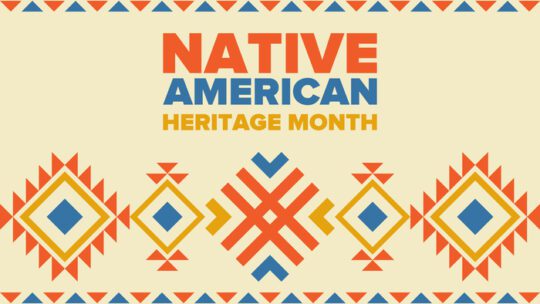
If you search ‘Native American PR pioneers,’ you will be hard-pressed to find one name, let alone a list. Not because there haven’t been Native Americans who excelled in PR, but because most never held a traditional PR title.
But suppose you are willing to dig a bit deeper and look at PR not as a title but as a role or a mission. In that case, you will find that there are many Native Americans who not only practiced PR, but helped shape the world through the spoken and written word.
Tamanend: The Patron Saint of America
Little is known about Tamanend’s life (1628-1701) outside his encounters with English settlers in the 17th century.
When William Penn sought to purchase land occupied by the Pennsylvania settlement from the Lenni-Lenape Nation to strengthen relations between European settlers and native peoples, there was no single chief to negotiate. Instead, each village had a spokesman, known as sachem. Revered as the chief sachem, Tamanend met with Lenni-Lenape and colonial leaders, led by Penn.
A pacifist, Tamanend built a lasting relationship between his people and British colonists. In fact, in 1694, after rejecting the Iroquois Indians’ plan to attack settlers, he gave a speech before the Philadelphia governing council and stated:
“We, and Christians of this river, have always had a free roadway to one another, and though sometimes a tree has fallen across the road, yet we have still removed it again and kept the path clean and we design to continue the old friendship that has been between us and you.”
Such was the esteem for Tamanend that by the early 1770s, St. Tammany Day was celebrated each May 1 in Philadelphia and Annapolis, MD.
Tammany Day spread across the US after the Revolutionary War. It has since dwindled outside Pennsylvania and the northeast.
The Written Word and the Cherokees
Sequoyah (1770-1843), aka George Gist, was a silversmith and artist. But his most significant contribution to history and Native American culture was his formation of the Cherokee syllabary.
Sequoyah realized that the white man’s written language enabled collection and transmission of more knowledge than was possible for his people, who relied on memory and oral tradition. As a result, he produced a collection of 85 symbols that match the syllables of the Cherokee language. His work reportedly took 12 years to complete.
In 1825, the Cherokee Nation formally adopted the syllabary due in part to the “Cherokee Phoenix,” the country’s first bilingual newspaper.
The system’s simplicity allowed students to learn quickly, which increased literacy among the Cherokees and helped maintain unity through written communication, even though the Indian Removal Act scattered the Cherokee geographically.
Sequoyah’s achievement was more extraordinary because he only spoke Cherokee. He did not know how to read or write it. Despite this, Sequoyah’s syllabary made the Cherokee Nation one of the first indigenous groups to have a functional written language. It’s still used today.
Fighting for a Nation’s Reputation
Wilma Mankiller (1945-2010) was the first female chief of the Cherokee Nation. In addition, she was the first woman elected as chief of a major Native tribe. She spent her life fighting for rights and protecting the reputation of Native Americans.
She was director of Oakland’s Native American Youth Center. This was the way to reduce degradation of Native American youth, she believed.
Later, Mankiller founded the Community Development Department for the Cherokee Nation and worked to improve access to water and housing. Her ability to build consensus resulted in a small Cherokee village in Oklahoma and construction of a 16-mile waterline in 14 months. The impressive achievement was featured in the film “The Cherokee Word for Water.”
During her 10 years as chief, she worked to improve education, healthcare housing and water access. Her vision helped transform the relationship between the Cherokee Nation and the federal government.
She was recognized as the Ms. Magazine Women of the Year (1987) and inducted into the National Women’s Hall of Fame (1993). In 1998 she received the Presidential Medal of Freedom from President Bill Clinton.
These are just a few examples of extraordinary Native American communicators in the 15,000-year history of a proud and remarkable people. While Tamanend, Sequoyah and Wilma Mankiller did not carry the title of PR pro, they conducted themselves in the spirit of the profession and should be honored for their work and examples.
Contact: [email protected]
